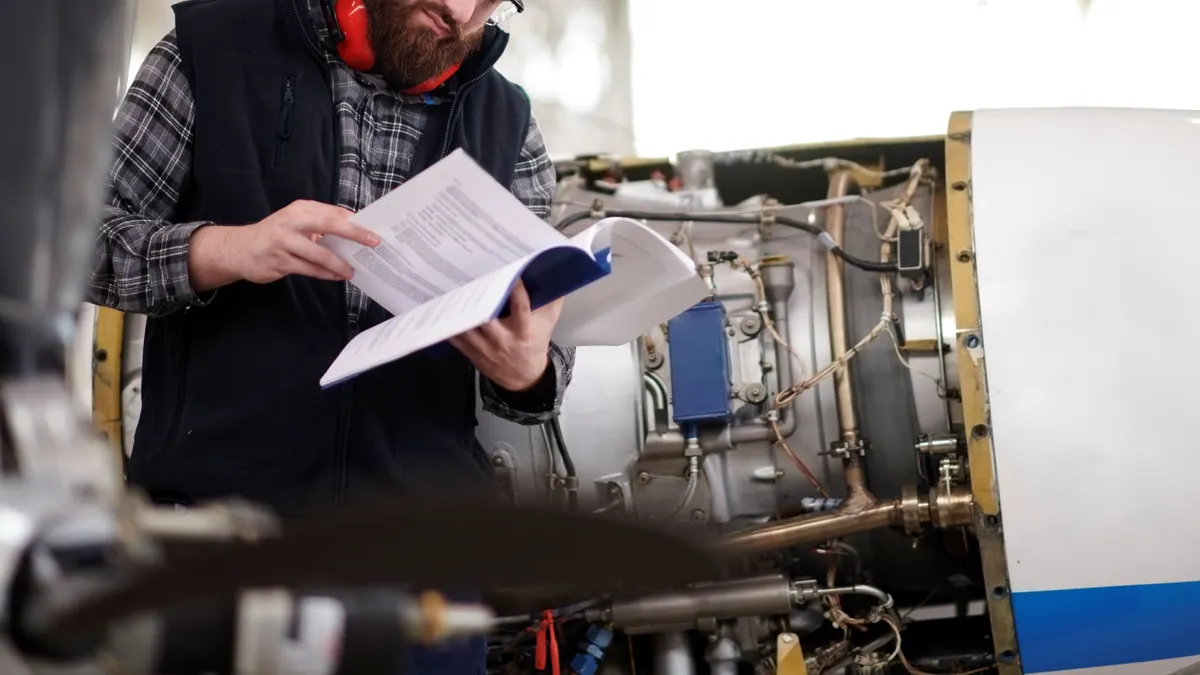Liana Passantino is a senior principal research specialist at Gartner Inc.
As CHROs face ongoing pressure to deliver operational excellence and create greater business value, they are looking to HR transformation as the solution. In fact, according to Gartner research from July 2024, 87% of leaders believe that shifting business needs require continuous HR transformation.
While many HR teams feel stretched thin and are experiencing constant change in today’s work climate, it’s important to recognize that HR transformation doesn’t have to be a massive change that happens all at once. Instead, CHROs can evolve — even if incrementally — the HR function’s leadership, capabilities, operating model or technology to better align with business goals to deliver more impact for all stakeholders.
According to a December 2023 Gartner survey of over 415 global CEOs and senior executives, the workforce, including issues around talent retention, hiring and DEI, is the third business priority area for CEOs for 2025 after growth and technology. HR leaders can expect that as CEOs seek to grow their organizations, they will shift business strategies accordingly, and they will rely on technology as an enabler.
At the same time, HR teams are expected to do more, and many HR leaders feel the rising demands on their functions have exceeded their capacity to deliver. For example, a February 2023 Gartner survey of 217 HR leaders revealed that 55% report they are getting more requests on a wider variety of topics, and 80% claim their function is facing different challenges to those they faced pre-pandemic.
Due to the overwhelming pressure and demands being placed on HR teams, it should come as no surprise that HR leaders do not feel adequately prepared to meet business needs. As a result, HR leaders are revisiting transformation efforts to redesign their functions and better support the business and meet today’s challenges.
But, HR transformation is more than just a simple restructuring. To be successful, HR transformation should consider changes in four key areas: world-class leadership, a modern HR operating model, future-proofed HR team competencies and HR technology enablement.
World class leadership
In response to dramatic shifts in the business world, the role of the CHRO has evolved. Today, in order to be a highly effective, productive and efficient CHRO, these executives must do more than simply lead the HR function. They must also help enable business success throughout the enterprise as a strategy business leader.
The best CHROs will not only drive enterprise-wide business results as part of their role, but they will participate and influence the development of business strategy and be able to work without close direct supervision.
Specifically, top CHROs:
- Build a strategy for the HR function and adapt it as the business and operating environment change.
- Provide key inputs to business strategy development.
- Position the HR function (operating model, structure and staffing) to meet business needs.
- Optimize the HR function’s budget.
Modern HR operating model
The HR operating model is a foundational piece of any HR transformation strategy, as it organizes the structures, capabilities and processes through which the HR function delivers value to stakeholders, both internal and external.
When evaluating the performance of their existing operating models, HR leaders must consider all the moving parts. These include the responsibilities of the HR business partners, the structure of shared services, as well as the ways in which HR professionals interact with leadership and utilize technology.
To transform the HR operating model, progressive CHROs:
- Reinvent the HRBP role as one of strategic talent leadership.
- Create a dynamic pool of HR problem solvers.
- Provide agile support with next-generation centers of excellence.
- Build a robust HR operations and service delivery team.
Future-proof HR team competencies
According to the December 2023 Gartner survey, just 58% of HR leaders report that they believe their function is viewed as a strategic partner to the business. To help improve the partnership with the business, CHROs must enable HR professionals to work in more strategic and agile ways.
In addition to traditional competencies like business acumen and relationship management, there are two competencies emerging as increasingly necessary for HR professional effectiveness: agility and strategic consulting.
Most HRBPs believe that creative problem solving is one of the most valued capabilities by internal clients. Although problem solving is important and a common competency needed for HR teams, today it is expected that HR professionals demonstrate agility, or working iteratively to more quickly develop solutions to complex problems.
And as organizations continue to navigate hybrid work environments and rapidly changing business priorities, HR professionals are expected to help support employees throughout these massive changes. Because of this, HR professionals must be able to provide strategic consulting, meaning the ability to develop and execute solutions to business challenges and to influence strategic business decisions.
HR technology enablement
As greater work flexibility and hybrid environments continue to be the new norm, organizations must leverage technology effectively to provide a seamless employee experience.
Because technology-enabled processes can create both positive and negative impacts, it’s important for HR leaders to be smart about how they leverage technology as employees who are dissatisfied with workplace technology are more likely to look for new job opportunities.
CHROS investing in new technology should:
- Prioritize HR technology projects with the highest impact on employee experience by facilitating an objective comparison and involving key stakeholders from HR and the business.
- Drive two-way conversations with IT and the entire HR team on digital transformation and employee experience, rather than process and system improvements.
- Increase HR process innovation by creating a roadmap to move from ad hoc, task-based automation projects to end-to-end process transformations.
- Evaluate the function’s capabilities in collecting, maintaining and analyzing complex datasets to turn them into actionable insights that influence employee behavior.
When considering HR transformation, the key for CHROs is to start with a vision of where HR wants to go, how HR sees itself delivering value to the business, and then decide which HR transformation levers to pull first to get there.





















